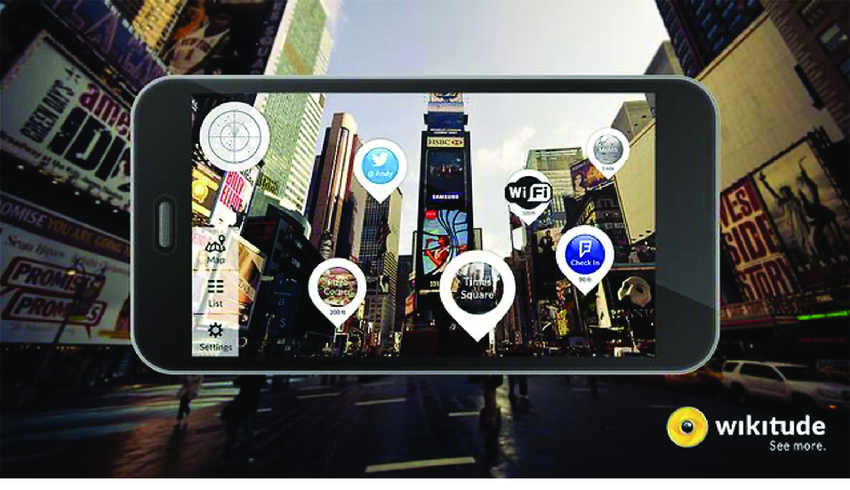“it will take time, experimentation, and thoughtful evaluation to develop appropriate and effective educational applications with AR and VR.”
McGrath et al 2023
A recent EDUCAUSE review (April 2023) discussed the future prospects for AR and VR in higher education. This is an area of particular interest to educational technologists and others working in vocational education and in workplace training, especially in healthcare and military contexts, where budgets for AR/VR are available, and applications for the technologies have been quicker to emerge. Higher education in general has been slower on the uptake, and the authors provide some suggestions as to why this may be the case.
The widespread adoption of AR and VR in higher education, if it does indeed come to pass, will rely on the confluence of several technologies of interest to us as we examine mobile and open education:
- Mobility will be key – the experiences on offer will be mediated through mobile devices, whether these are the users’ phones and tablets, or headsets and as-yet-unimagined wearable technologies.
- 5G will provide the backbone for rich virtual experiences that provide an overlay of the world in real time, to a high degree of accuracy and with no latency.
- Away from the technology, we will have to grapple with issues of ethics and will need to adapt our learning theories as teaching and learning is increasingly offered via virtual and augmented reality experiences.
For these reasons I recommend the article as a primer for the challenges and opportunities ahead.
The authors offer a useful breakdown of the differences and similarities between VR and AR, and advise that there is no neat boundary between the two. Instead “AR and VR experiences seem to fall along a broad continuum bracketed at each end, simply, by unmediated real-world experiences and totally immersive virtual experiences.” The catch-all term XR (extended reality) is their preferred term for the field.

Leaning on a framework borrowed from future studies (futurology) the authors look to the past and the present as keys to how XR may develop in the future. Factors at play in the present that will influence the adoption of XR technologies include:
- the ease of use of the applications and tools
- their cross-platform interoperability (students bring a variety of mobile devices to their learning, and the tools need to work across multiple platforms)
- freely-available content creation tools (e.g. Unity) or cost-effective alternatives
- pools of talented (student) developers to create the custom content that is likely to be needed
They caution that “it will take time, experimentation, and thoughtful evaluation to develop appropriate and effective educational applications with AR and VR.”
They structure the remaining review along the lines of the Horizon Report (also from EDUCAUSE), suggesting four possible future scenarios for the technologies by 2029, ranging from an education system that largely ignores the technologies (think of what transpired with promising ideas such as Second Life, for example), to a system completely disrupted by the tech. Mobility and the power and ubiquity of mobile devices is key to the futures they imagine in which XR is adopted in higher education.
Finally they identify three strategic problems to be resolved as higher education adopts XR:
- Health and safety concerns (especially from wearable technologies)
- Security and privacy of the data that students share with XR tools
- Accessibility – how can AR/VR tech be made accessible for all? If it can’t, how do we produce equivalent, alternative, meaningful, accessible experiences for users for whom XR is not usable?
I support the idea of using AR/VR in education as it aligns with the constructivist view of learning, where students acquire knowledge through hands-on experiences and gain exposure to real-world situations via AR/VR. However, I do acknowledge the concerns regarding health and safety, as well as issues related to accessibility. While I have never experienced AR/VR in learning, I do have experience in VR gaming. During my gaming experiences, I encountered motion sickness especially when my game character moved around while I remained standing still. If I were to encounter such discomfort during learning, it would impede my ability to fully engage in the educational experience. While VR/AR may provide learners with meaningful learning experiences, the XR devices still remain expensive. The high costs of AR/VR headsets, combined with issues linked to users’ health and safety, remain the biggest challenges in the adoption of AR/VR technology.